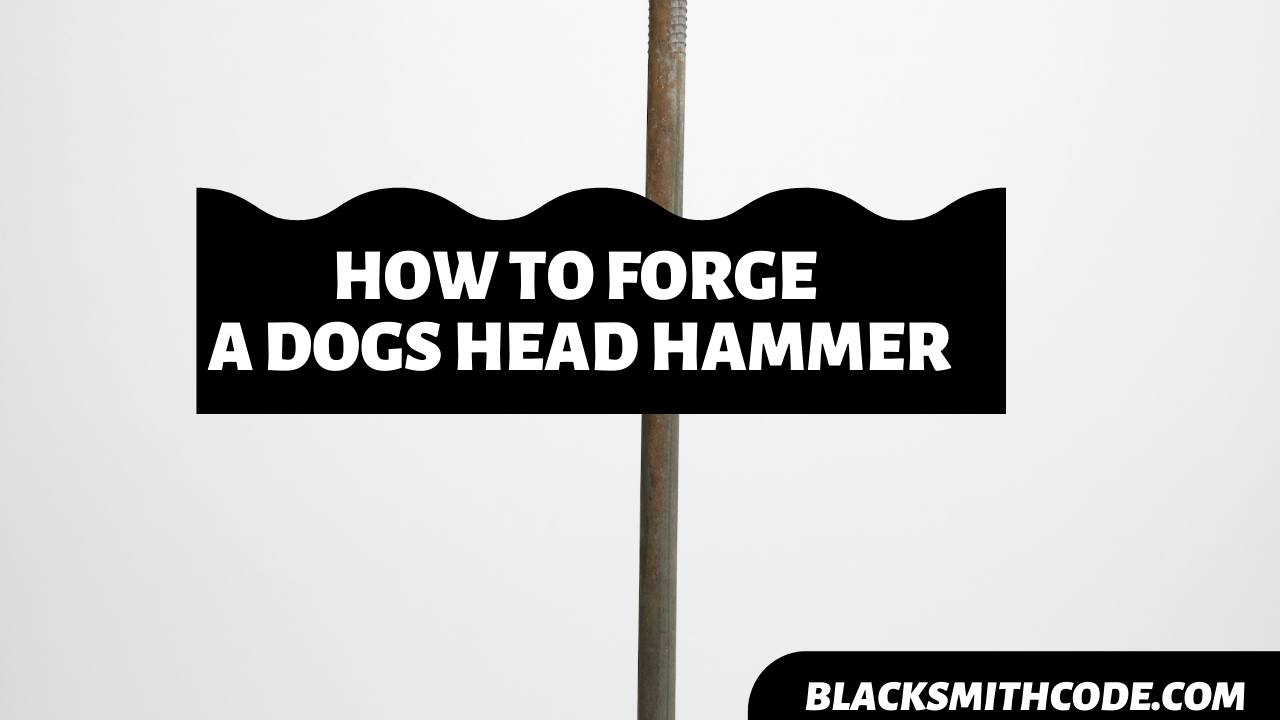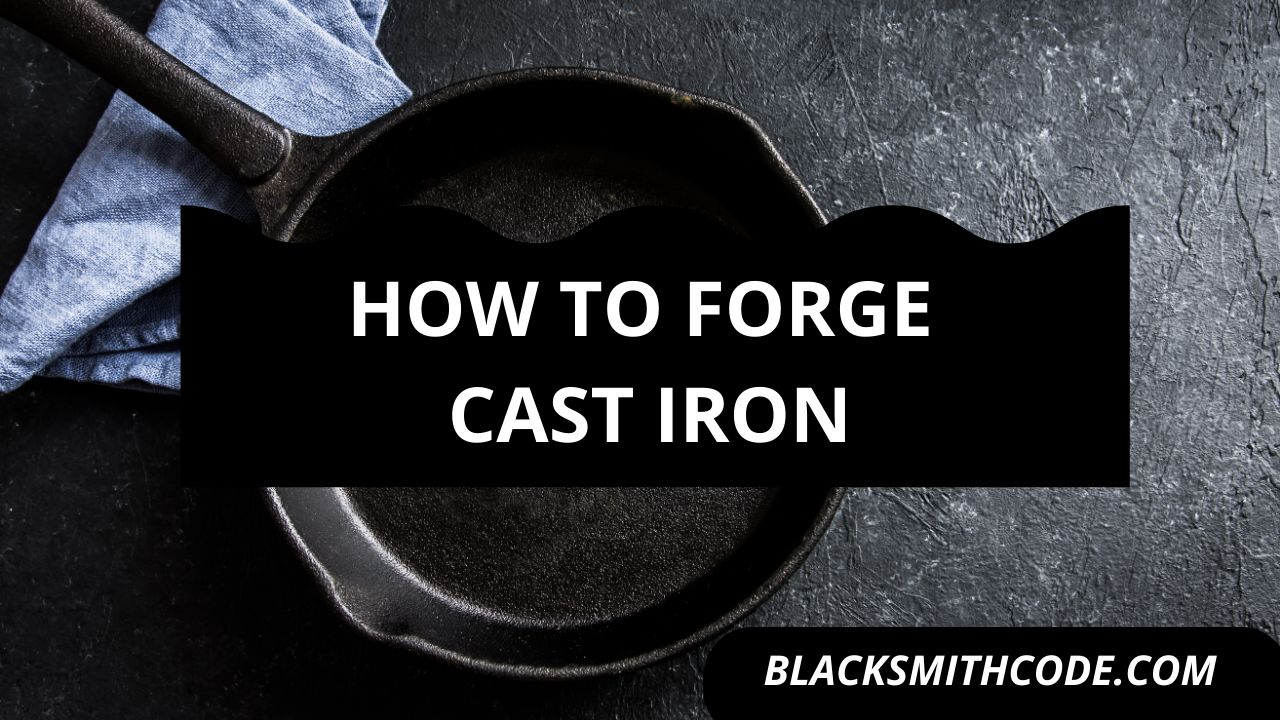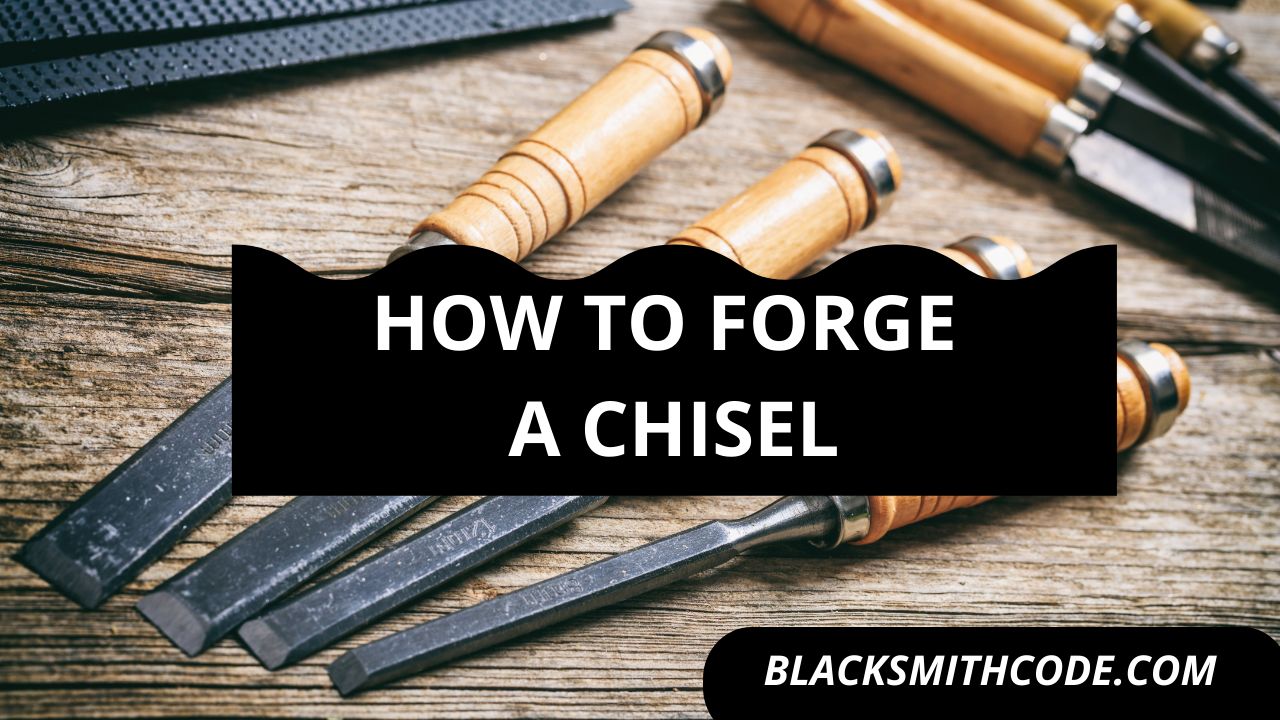Do you know blacksmiths can forge most of their tools? Hammer is one of the most useful blacksmithing tools. It is helpful for almost all types of blacksmithing projects. It is the principal object for beating hot steel to shape. Learn how to forge a dog head hammer in easy steps.
However, there are different types of hammers, and they are mostly differentiated with their weight and head. The dog head hammer is one of the most versatile blacksmithing hammer types. The hammer is also known as the cutler’s hammer.
The hammer is unique for its forward weight head. The essential use of a dog head hammer in blacksmithing is for making thin surfaces. Thus, it is necessary for blacksmithing processes such as forging knives, swords, and other flat surface projects.
The projecting end of the hammer carries most of its weight, and that is the only part utilized for diverse types of projects. The other short edge will not deliver the power blows you might desire.
Instead of spending so much on hammers, why not learn how to forge one? Below is a stepwise guide that can lead you to form a dog head hammer.
Instructions on How to Forge a Dog Head Hammer
Step 1: Get Your Materials
The materials for this process are not challenging to get. Aside from the tools, you would use, you only need a steel bar or rod of suitable thickness.
It is vital to keep in mind the massive function of a dog head hammer while selecting your materials. The steel should have enough thickness to withstand heavy blows on other metallic elements.
Step 2: Measure and Cut
The measurement of your dog head hammer should be precise and accurate. The hammer structure allows more of the weight to lean forward towards the extended part of the head.
Quick Steps
- Measure the required length from the bulk steel bar or rod and mark the point where you would be cutting.
- Clamp the stock on the vise and hold it tightly.
- Cut evenly at the location you have marked to obtain your desired hammerhead length.
Step 3: Heating
Now, it is time to take your steel rod/bar to the forge. This step is the most straightforward in the entire process.
Quick Steps
- Prepare your forge and fire it up to the desired temperature.
- Gently place the steel in the forge.
- Retrieve it from the forge once it attains the desirable temperature.
Step 4: Hammering
This step is where the forming part precisely plays out. You are hammering the steel to give it the conventional shape of the dog head hammer. Most individuals prefer to use a steel rod from the start because it makes it easier to form the hammer shape.
The hammering is more of a technicality than strength.
Quick Steps
- Hold one edge of the steel with your tongs while you hammer the other end.
- Alternate this and repeat the process until you hammer on all four sides.
- The shape should be in the form of a rectangular block with a slightly rounded end.
- You must ensure that the four sides of the stock steel are uniform, even, and as flat as possible.
- You might have to reheat the steel during the process. Don’t hesitate to heat the steel as often as needed.
Step 5: Form the Drift Eye
The drift eye is where the hammer handle will be inserted and attached. Two principal considerations while making the drift eyes are the positioning of the eye and the diameter.
The positioning of the drift is one of the features that differentiate a dog head hammer from other hammers. The position of the drifting eye should be at least 3/4 of the length of the stock steel. It must allow the weight of the hammer to lean towards the extended edge.
Quick Steps
- Allow your steel block to cool down a bit.
- Measure the position of the drift and make a mark with your chisel. The cut should be deep enough for you to see after heating.
- Return the steel block to the forge and let it heat up to the suitable temperature.
- Make a hole through the mark you made for the positioning of your drift.
- Place a chisel on the target and hammer down to make a hole.
- Keep hammering down until the hole is through to the other side of the steel block.
- The diameter of the chisel you are using will determine the width of the drift. You can start by using a small tool and change it for larger ones until you archive your desired diameter.
Step 6: Fix the Handle
The handle for the dog head hammer can either be wooden or metallic. The type of grip will influence how you are going to fix it. However, the goal is to ensure that the handle is tightly attached to permit the delivery of high-power blows without removing.
Step 7: Hardening/Tempering/Finishing
The finishing of the product is tempering and hardening the steel block. It only requires you to heat the steel rapidly and quench in a bucket of water or quenching oil.
FAQs on How to Forge a Dog Head Hammer
Question
What are the uses of the dog head hammer?
The first use of a dog head hammer to blacksmiths is to flatten steel. It is useful for making flat and thin surfaces such as knives, swords, spears, and other similar materials.
Question
How do I differentiate the dog head hammer from other types of hammer?
The head is where you would find the difference between a dog head hammer and others. As the name implies, the hammer looks like the head of a dog. One edge is more extended than the other, thus throwing the weight of the hammer forward.
Question
What are the other types of hammers?
There are several other types of hammers, and they include leaf hammer, cross peen hammer, ball peen hammer, Set hammer, flatter hammer, raising hammer, Split head hammer, B & O hammer, and so on.
Video on How to Forge a Dog Head Hammer
Precautions and Warnings
- Use only steel block of suitable thickness for this process.
- Handle the steel block with tongs all through the hammering process.
- Use gloves, aprons, and other protective accessories.
- Ensure that your workplace is well ventilated.





